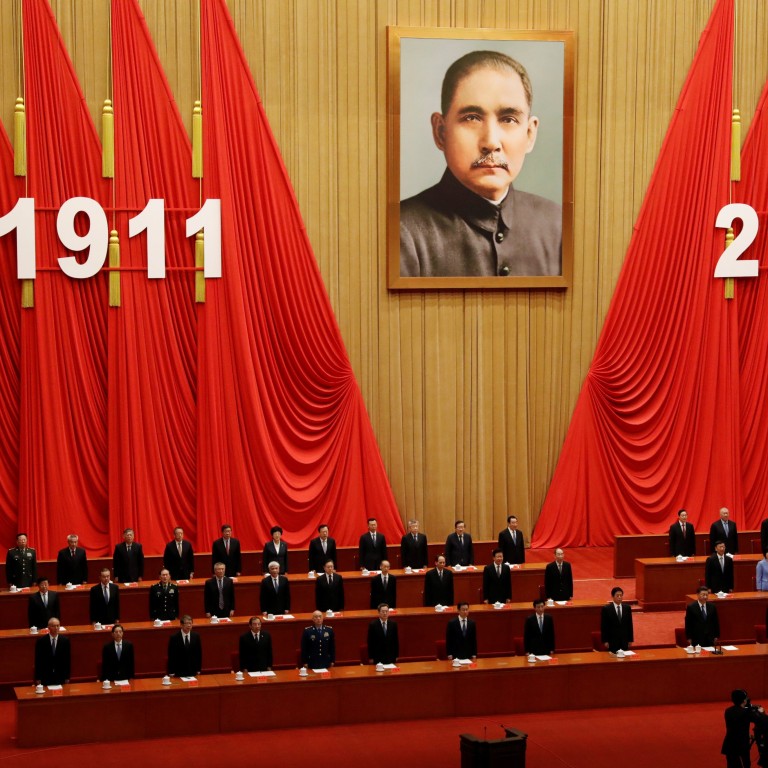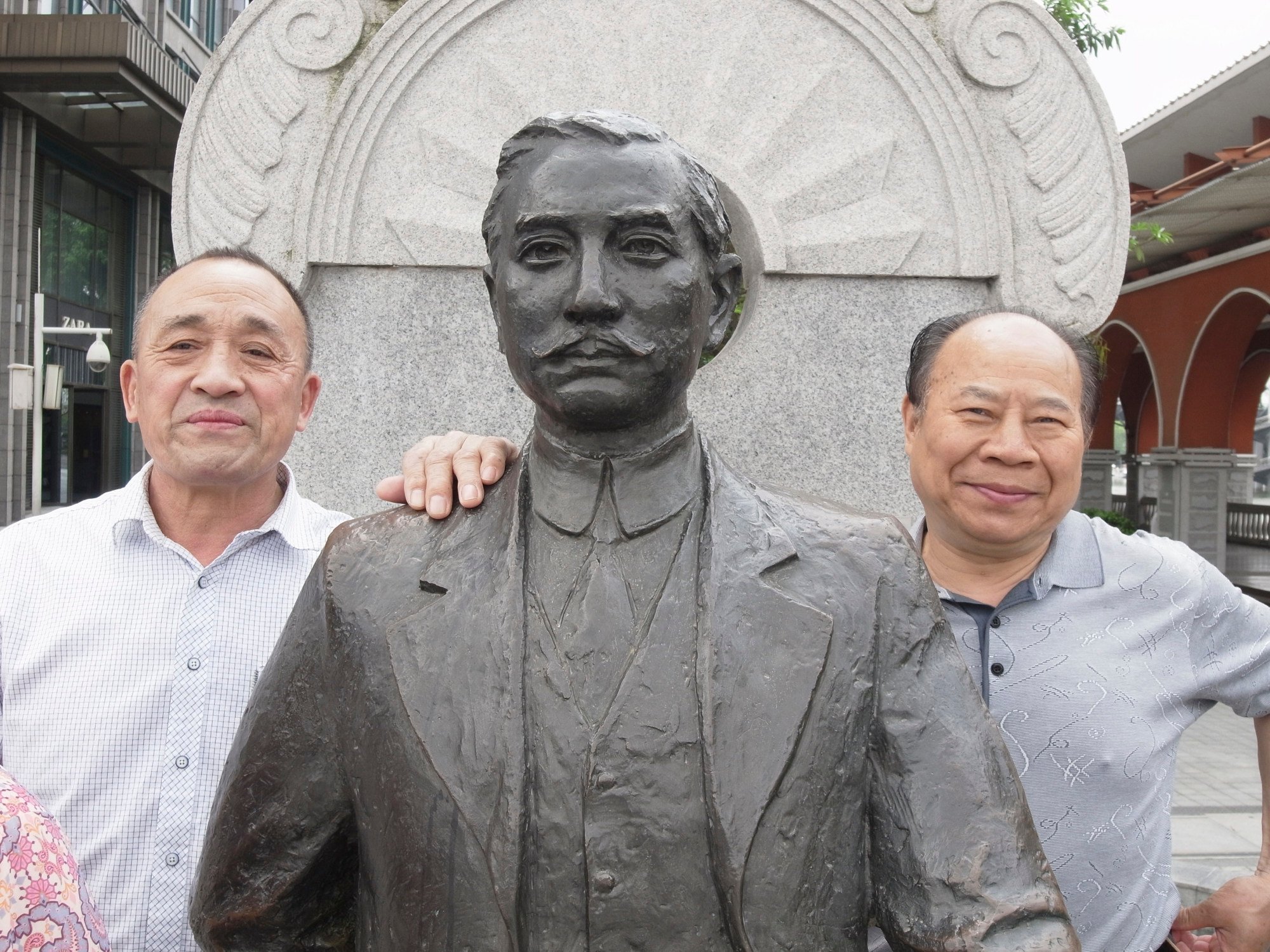
How to better understand China’s development policies for the ‘Global South’
- The West views with suspicion China’s engagement in development finance, and its global initiatives for development and security
- But viewed through a Chinese prism, the nature of North-South relations does not have the postcolonial underpinnings in the Western sense of the term
Is the Global South a new arena for competition between China and the West? Developments such as the first US-Pacific Island Country summit in Washington last month are widely viewed as a sign that the contest has begun.
When used to discuss Chinese foreign policies, the geographical scope of the Global South is similar to yafeila (Asia, Africa and Latin America). Yafeila was used to express third-world solidarity, most prominently when China was campaigning for UN diplomatic recognition. But, since the early 1980s, the reference has virtually disappeared from Chinese commentary on world affairs.
What’s the significance of this gap in framing Chinese foreign relations? For international, particularly Western, analysts, the term “Global South” can help in seeing Chinese activities in one country as indicative of what is to come for other nation-states outside the conceptual Western world. But that approach can lead to undue alarm and even unwarranted geostrategic anxieties.
Whose world? What order? Time has passed for West to call the shots
Sun was committed to ridding China of its abject and pervasive poverty. His 1922 book The International Development of China, published in English, was a comprehensive exposé of his Chinese writings.
Among other things, Sun championed four fundamentals: promotion of China’s infrastructural development; development through agricultural and industrial growth (as opposed to financial dynamism); using foreign inputs in a controlled manner; and the creation of international agencies to promote world development.

It can be said that tenets underpinning Sun’s conceptualisation of the development of China and the rest of the world is intuitive in Chinese scholarly and policy thinking.
Viewed through a Chinese prism, the nature of North-South relations, even as framed during the Cold War, does not have the postcolonial underpinnings in the Western sense of the term.
Under Deng Xiaoping, China moved away from the “three worlds” formulation to identify the nature of North-South relations as one of international security – with nuclear disarmament by the superpowers as the main indicator – and the South-South relationship as one of development, that is, with economic growth as the primary task, rather than a revolutionary change to the post-war international system.
Why China does not share America’s preoccupation with war
So, what is the relevance of this history review in discussing China’s policy approaches to Asia, Africa and Latin America today?
First, China’s engagement in development finance arrangements for other middle- and low-income countries is a natural step. China first joined major multilateral development banks (MDBs) in 1980 (the International Monetary Fund and World Bank), going on to join the African Development Bank (1985), the Asian Development Bank (1986), Inter-American Development Bank (2009), and the European Bank for Reconstruction and Development (2016).
It is true that the clientele of the AIIB and NDB is in the Global South. But, as is broadly recognised, contributions by these banks, especially in infrastructural development, fill a much-needed void in world development.
In the final analysis, prospects for the GDI and GSI will depend on buy-in from countries in the Global South. More significantly, a government in the Global South simultaneously relates to competing development and security initiatives from major countries. For discussions about the dynamics of China’s interactions with the West, it is useful and even necessary to have a common understanding of the notion of the Global South.
Zha Daojiong is a professor of international political economy in the School of International Studies and Institute of South-South Cooperation and Development, Peking University. This is an edited version of his prepared remarks at the “Great Power Competition in the Global South” panel of the 2022 edition of the Stockholm China Forum, held on October 25


